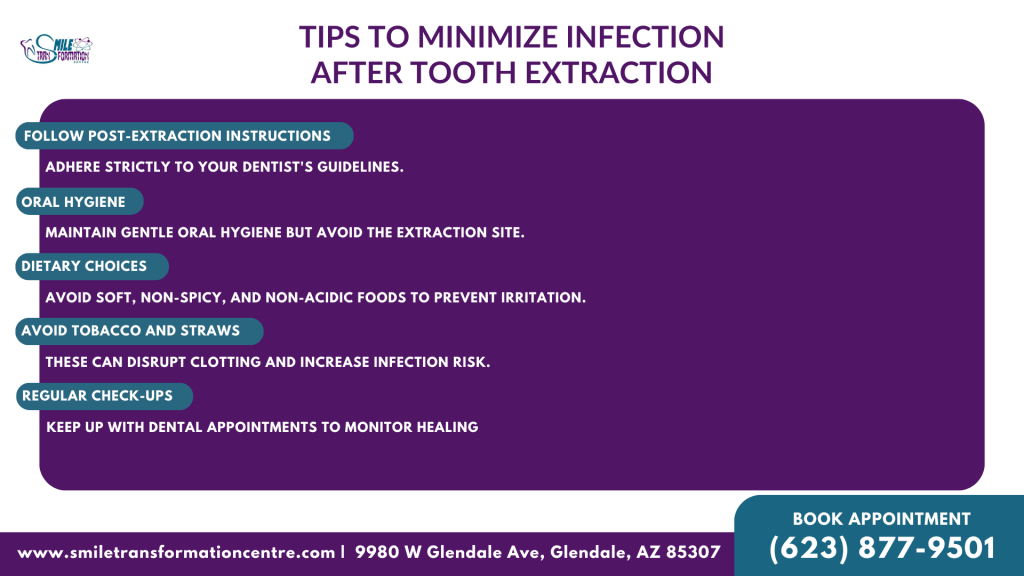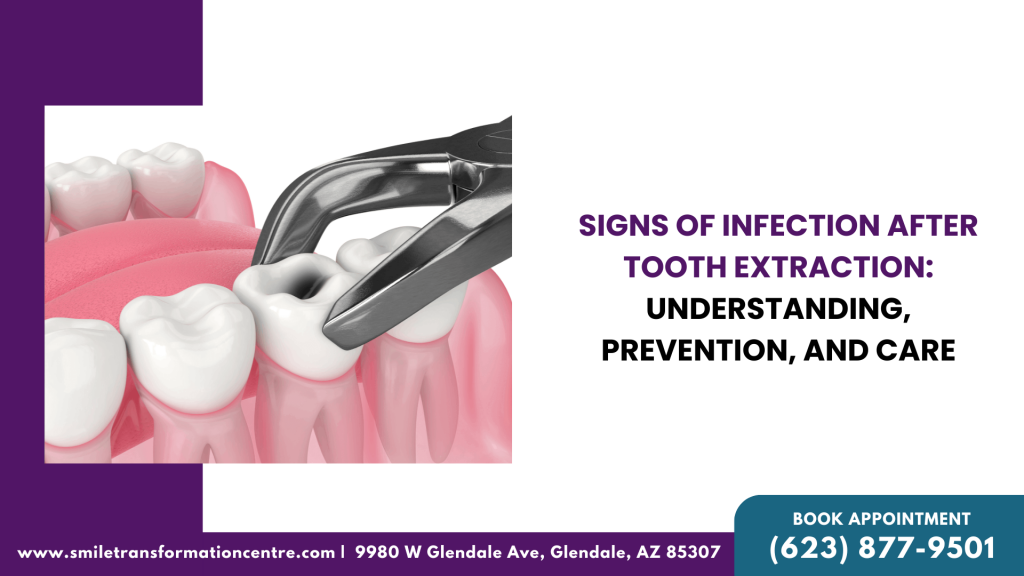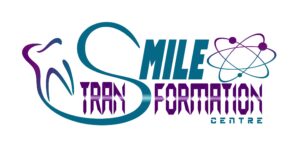Tooth extraction is a dental procedure to resolve severe decay, damage, or overcrowding. However, ensuring proper care post-extraction is crucial to preventing complications, with infection being a primary concern. Let’s understand the signs of infection after tooth extraction and how to safeguard against it.
Causes of infection after Tooth Extraction
Infection after tooth extraction can stem from various factors, including inadequate oral hygiene, bacterial contamination during the procedure, or pre-existing conditions. Failure to follow post-extraction care instructions can also increase the risk of infection.
Normal healing process:
After extraction, the body initiates a healing process. Minor bleeding, swelling, and discomfort are expected in the initial days. These are natural responses as the socket begins to clot and the tissues regenerate.
Signs of infection after extraction:
- Persistent pain: Beyond the initial discomfort, persistent or increasing pain could signal a condition.
- Swelling: Excessive or worsening swelling around the extracted tooth.
- Fever: A fever, especially when accompanied by other symptoms.
- Pus: Presence of pus or foul-smelling discharge near the extraction site.
- Difficulty swallowing or breathing: These could indicate severe infection spreading.
- Persistent bleeding: Bleeding that doesn’t subside after the initial 24 hours.
- Foul taste or odor: An unpleasant taste or smell in the mouth could indicate infection.
- Delayed healing: Slower than expected recovery or visible bone at the extraction site.
Top Tips to Minimize Infection Risk:

- Follow post-extraction instructions: Adhere strictly to your dentist’s guidelines.
- Oral hygiene: Maintain gentle oral hygiene but avoid the extraction site.
- Dietary choices: Avoid soft, non-spicy, and non-acidic foods to prevent irritation.
- Avoid tobacco and straws: These can disrupt clotting and increase infection risk.
- Regular check-ups: Keep up with dental appointments to monitor healing.
- Healthy lifestyle: A balanced diet and good oral hygiene foster quicker recovery.
- Prompt reporting: Notify your dentist immediately if any concerning symptoms arise.
Contact our dental experts at Smile Transformation Center
We prioritize your dental health at Smile Transformation Center in Glendale, AZ. Our experienced team ensures top-notch care during and after tooth extraction. Call our dental experts in Glendale for guidance on teeth extraction, healing wisdom tooth sockets, and comprehensive dental solutions. Take proactive steps, follow our dentist’s advice diligently, and prioritize oral health for a smooth recovery. We try to keep you updated on maintaining oral health to minimize the chances of getting it worse. Don’t forget to checkout our new blog on dental checkup signs.
Frequently Asked Questions
Can I brush my teeth after tooth extraction?
Yes, brushing your teeth after a tooth extraction is generally okay, but it’s crucial to avoid the extraction site. Brush gently around the other teeth and areas of your mouth, being very careful near the extraction site to prevent any disruption to the clot forming there. Gentle cleaning elsewhere in the mouth helps maintain oral hygiene without harming the extraction area.
What kind of foods do you eat after tooth extraction?
After tooth extraction, it’s best to stick to a soft, non-spicy, and non-acidic diet. Opt for mashed potatoes, yogurt, applesauce, smoothies, or soups. Avoid hard, crunchy, or chewy foods that might irritate the extraction site or get stuck in the healing area. The goal is to eat things that won’t cause discomfort or disrupt the healing process.
How do you stop teeth from bleeding after an extraction?
After a tooth extraction, some bleeding is normal. To manage it, gently bite down on a gauze pad over the extraction site. This pressure helps form a blood clot, essential for proper healing. Change the gauze as needed and continue applying gentle pressure. Avoid disturbing the area by not poking at it with your tongue or fingers, and refrain from vigorous rinsing or spitting, as these actions can dislodge the forming clot and prolong the bleeding. Contact your dentist for guidance if bleeding persists beyond the initial few hours.


